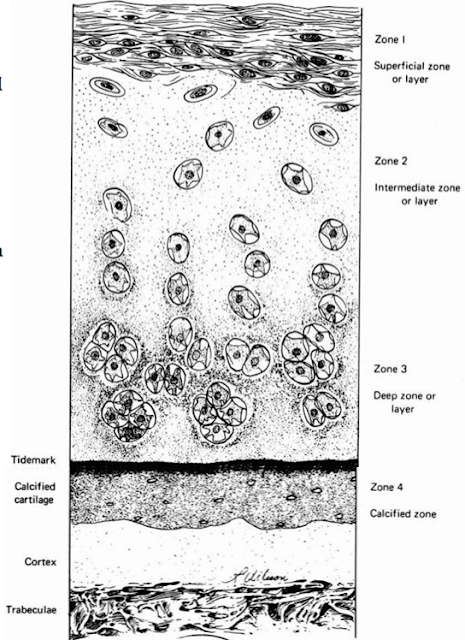Gross Anatomy Five regions characterize long bones: the bulbous, articular cartilage-covered ends ( epiphyses ) tapering to the funnel-shaped metaphyses , with the central diaphysis interposed between the metaphyses. During growth , the epiphyseal and metaphyseal regions are separated by the organized cartilaginous physis , which is the major contributor to longitudinal growth of the bone . Epiphysis incorporates the growth plate or physis and the secondary ossification center The larger long bones (clavicle, humerus, radius, ulna, femur, tibia, and fibula) have physes at both ends , whereas the smaller tubular bones (metacarpals, metatarsals, and phalanges) usually have a physis at one end only . At birth, with the exception of the distal femur and occasionally the proximal tibia, all of the above-mentioned epiphyses are purely cartilaginous . At various stages of postnatal growth and development, a secondary ossification center forms within the epiphysis....



